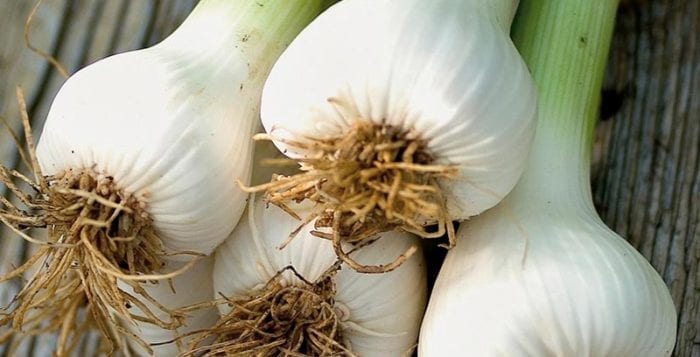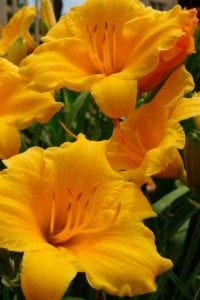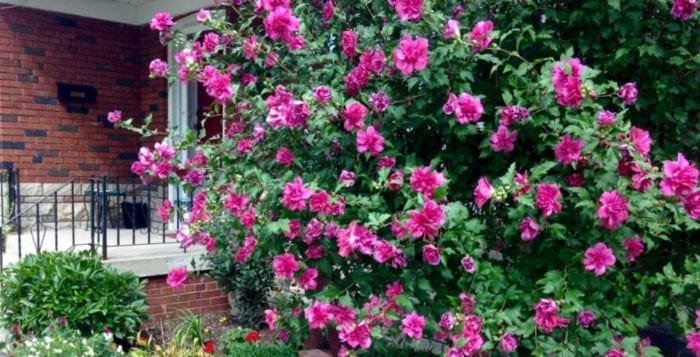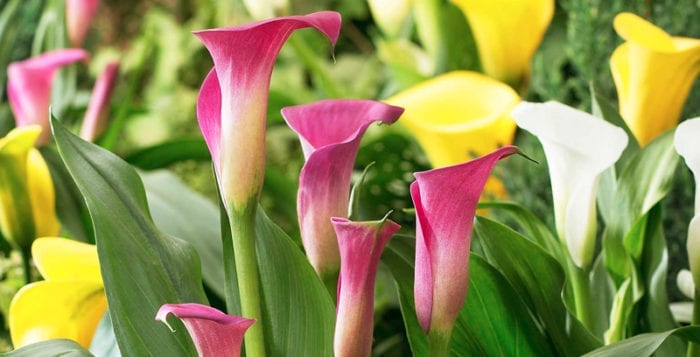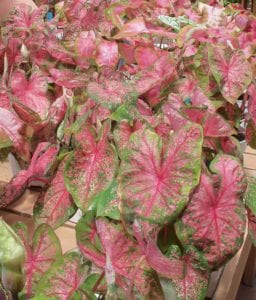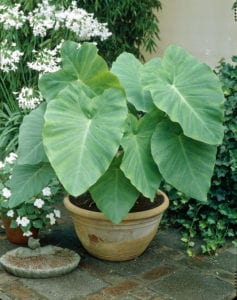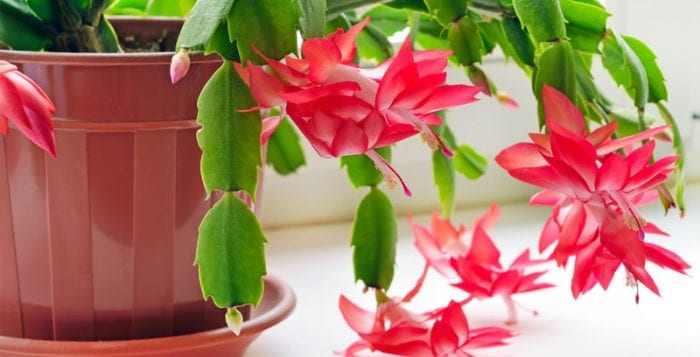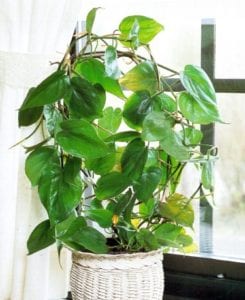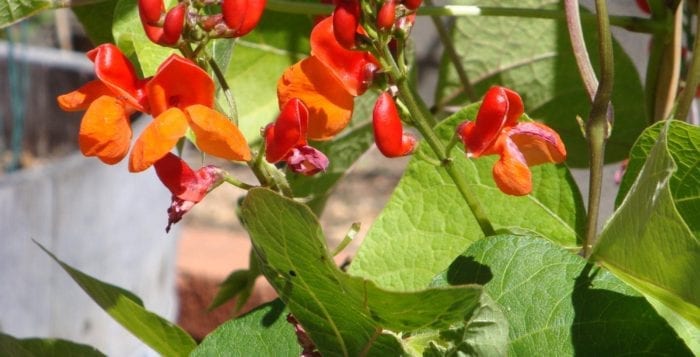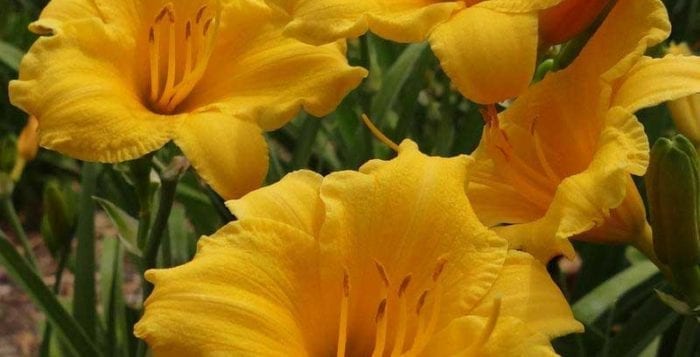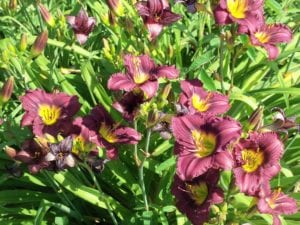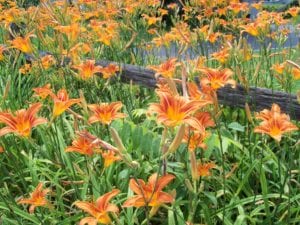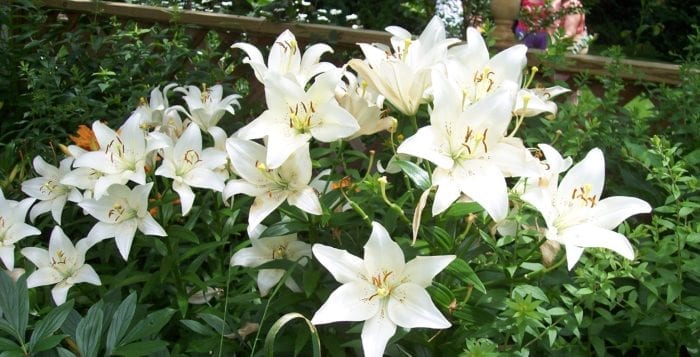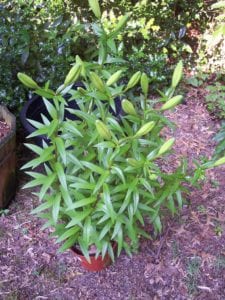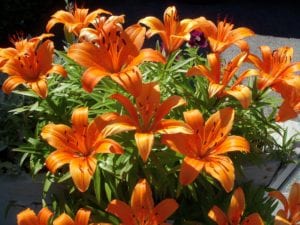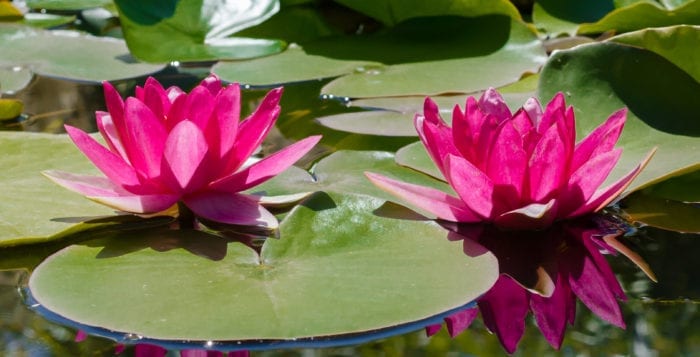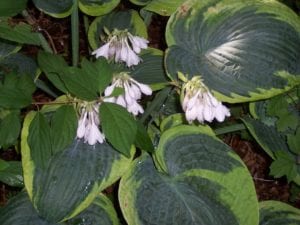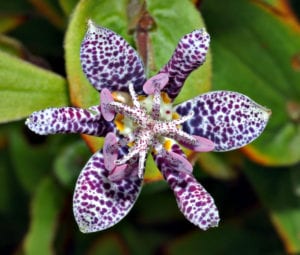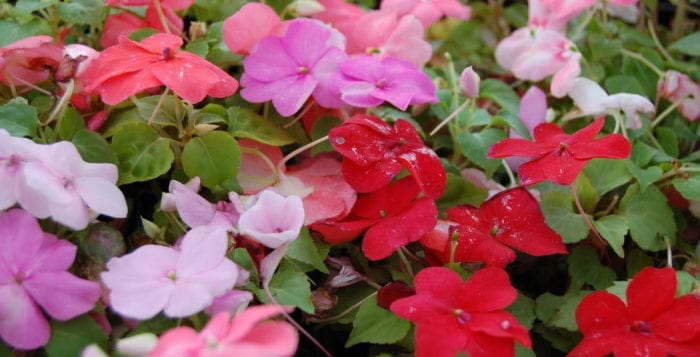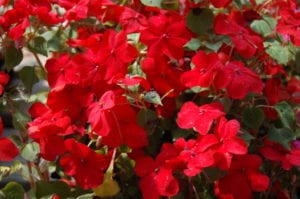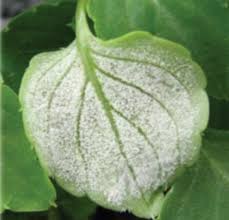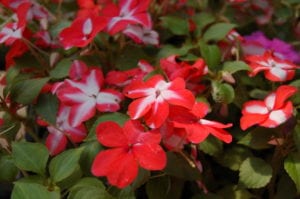By Ellen Barcel
Dear readers, Ellen Barcel passed away on Sunday, July 16. She was 72. A wonderful teacher, writer, mentor, gardener and friend, Ellen was an integral part of TBR News Media’s family and will be missed terribly. This is her last gardening column.
Garlic, Allium sativum, is in the onion genus, Allium, and is related to chives, leeks and shallots. It has been consumed for several thousand years and is a native of the area from around the Mediterranean Sea all the way to China.
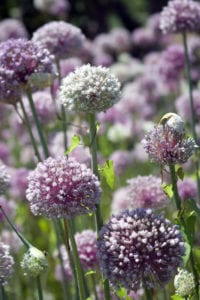
are milder than the bulb and are delicious in salads. Stock photo
Garlic is generally planted in autumn, about six to eight weeks before the expected hard frost date. Note that the average first frost is early November in Suffolk County, meaning that in general you will plant your garlic in mid to late September. Garlic is then harvested in late spring or early summer. Burpee notes that once harvested, garlic, in general, keeps for up to 10 months.
There are a number of varieties of garlic that can be grown by the home gardener. For example, Spanish Benitee is known to be mild, with long storage ability, while Killarney Red, with its strong nutty flavor grows well in wet conditions. Elephant garlic has a milder flavor with enormous bulbs that can each weigh up to a pound. Burpee’s Best Spring are suited to spring planting while Early Italian is adapted to summer heat. Italian Late matures later than other varieties and is a long keeper. It makes sense, as you do with tomatoes, to plant a number of varieties, at least initially, until you decide which flavors and other qualities you like best.
Although garlic is a flowering plant (and yes you can eat the flowers), the easiest way to grow garlic is from bulblets, but seeds are available. The flower stalks are known as scapes. To send the energy of the plant into the bulb, the part you will be eating, cut off these scapes, usually in June.
In selecting the type of garlic to plant, you may notice the terms softneck and hardneck. Softneck garlic grows best in areas with mild winters while hardneck varieties are better adapted to cold winters. Garlic doesn’t like to compete with weeds, so weeding is one regular chore you need to complete.
Garlic can be grown in most soil types but does like plenty of organic matter, so add compost and/or manure to the soil. While you do not want to overwater your garlic plants, remember that much of Long Island’s soil is very sandy and garlic does like evenly moist soil. You may need to supplement rainfall in times of summer drought.
Garlic also does best in a near neutral soil pH (7). So, test your soil, and if like most Long Island gardeners, it’s very acidic, you need to sweeten it with lime. If you are just establishing a garlic bed, look for lime that works quickly (read the package directions) as some limes can take many months to break down and be usable by plants.
Harvest your garlic when about a third of the leaves have gone brown. Once harvested, you need to cure your garlic. Lay it out in a warm, dry (but shady) place for several weeks, then store it ideally at 50 to 60 F. How long your garlic will keep depends on the variety, anywhere from four to 10 months.
The 14th annual Long Island Garlic Festival is scheduled for Saturday and Sunday, Sept. 16 and 17 from 10 a.m. to 6 p.m. at Garden of Eve Organic Farm, 4558 Sound Avenue, Riverhead. Held rain or shine. Expect garlic food, live music, demonstrations, workshops, Iron Chef garlic competition, garlic eating contest, vendors and more. Admission is $5 per person; children under 6 are free. For further information, go to www.gardenofevefarm.com, or call 631-722-8777.

